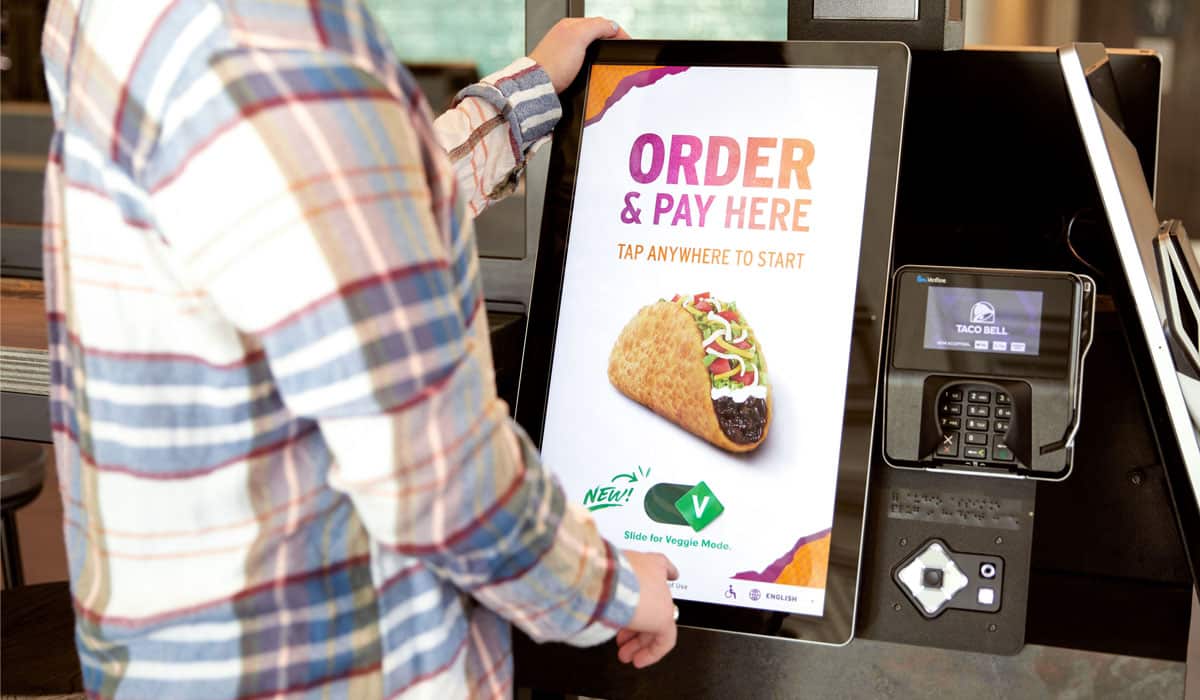Restaurant marketers have faced COVID-19 disruption like anybody else. And perhaps the biggest battle today is waging in the social arena. A race to own the virtual conversation.
Social analytics platform BrandTotal recently found, despite the increased popularity of food delivery as a result of the pandemic, few players are leaning into paid social to drive conversions. Most efforts are focused on mid-funnel communications.
Alon Leibovich, CEO and co-founder of BrandTotal, chatted with QSR on how the company sees restaurant brands shifting strategies from the classic bottom-of-the-funnel that once was their bread and butter, to more middle- and top-of-the-funnel tactics during COVID. The key—consumers are looking beyond options close to home these days.
Let’s talk about some of the big COVID-related changes. It looks like there’s been a big shift from the classic bottom of the funnel approach to focusing on middle and top of the funnel tactics. Why do you think this is?
Many brands still don’t comprehend how radically COVID-19 has changed consumers’ options. They tend to focus on bottom-of-the-funnel messages that assume the customer is close to purchasing. Our messaging analytics tell us that keywords like “pickup,” “curbside,” “delivery,” and “drive-thru” are in most ads in the quick-service category, unsurprisingly of course, given the pandemic. To own these words on social media is becoming increasingly harder, and this competition is making it more crucial to get differentiated messages on these topics out there, especially when engaging customers for the first time, rather than marketing to consumers who are familiar with your brand.
What are some long-term ramifications for restaurants, and for guests?
Consumers aren’t thinking of choices in terms of what’s close in proximity to their homes anymore. There are a plethora of options for consumers to consider when ordering via an app or website at home. Restaurants are no longer just competing for share of voice, but share of stomach—even in a different way. Burger restaurants aren’t just competing against each other, but pizza places, fried chicken, Mexican, Chinese, sushi, among others.
Do you think strategies have changed for good, or will there be a return to past ways, at least to some level?
Without doubt, once vaccines become more regularly available and indoor dining restrictions loosen or are removed, there will be a return to restaurants. But, during this year, consumers have become more comfortable eating at home, particularly with fast-casual brands. What will change is these brands will need to extend into the home. I encourage these brands to provide more quality experiences, even out of the restaurant, by providing higher-quality napkins, more sustainable cutlery, and carryout or delivery packaging.
[float_image image=”https://www.qsrmagazine.com/wp-content/uploads/2020/12/Bread.jpg” width=”50″ link=”” caption=”” alt=”Blaze Pizza Cheesy Bread” align=”left” /]
How would you describe the social landscape for restaurant chains right now? What seems to be resonating, and what’s falling flat?
The quick-serve category is one that has always relied on fun- and eye-catching creative and value-based advertising and marketing strategies. Now, if you’re only communicating value and missing out on other keywords or promotions, and not thinking about quick-service restaurants that aren’t in your immediate category, you’re being left behind in the consideration phase by consumers.
What are some examples of brands getting it right?
Chick-fil–A and Wendy’s are brands that are leveraging social media immensely well, leading in SOV in the category in our recent report. Chick-fil-A drove the highest volume of paid media engagements overall. This was driven by the animated holiday film they had introduced called Spark Hope and Light the Way. Wendy’s had the most successful mid-level communications from a conversion standpoint. Ads promoting the brand’s 4 for $4 offer (which gets consumers a sandwich, nuggets, fries, and a drink) had the highest volume of engagements in this reporting period.
How about the chicken sandwich wars? Just how big of an impact is being seen of late?
According to our AI-driven messaging analytics, nearly every quick-service brand, even ones you wouldn’t associate with chicken, have ads communicating their chicken sandwich offerings. Chick fil-A, Wendy’s, and even Taco Bell all have been brands that have been producing ads around the “chicken” and “chicken sandwich” topic in recent weeks. The competition in the chicken sandwich wars is one of the most competitive topics for restaurants on social media.
Moving forward, how would you advise restaurant chains to treat social? What are some ways they can reach guests more effectively than in the past?
Moving forward, I think quick-service restaurant marketers should keep this mindset; social media isn’t only for the bottom of the funnel marketing in quick-service, it can be integrated into all phases—top and middle of the funnel. By optimizing more areas of the funnel, you’ll see more consumers go through the funnel and convert online and in-store, once that’s a more regular option. With any category, measurement on social is especially hard, but important, so I recommend being more critical of the data and insights platforms provide and work hand-in-hand with measurement partners that can enhance your ability to correlate social ads to conversions.





